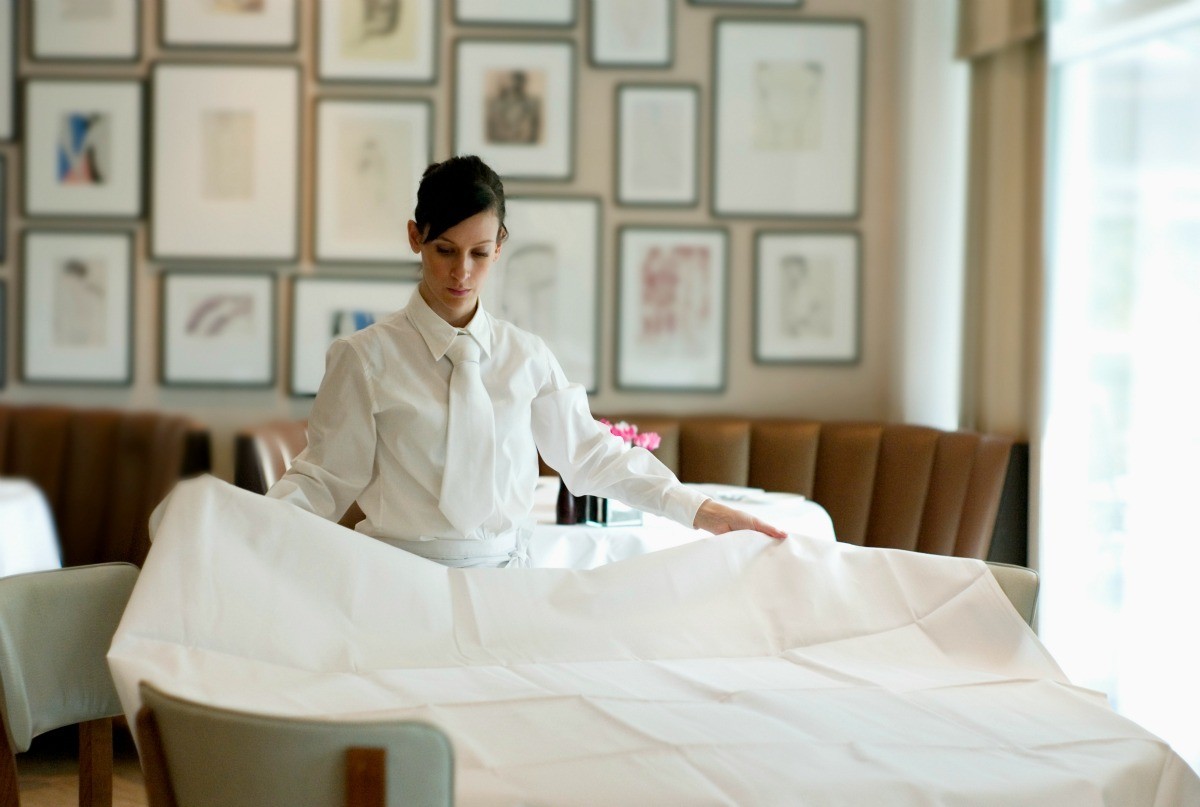

Tableware
How To Clean White Tablecloths
Modified: August 28, 2024
Learn the best techniques for cleaning white tablecloths and keeping your tableware looking its best. Find out how to remove stains and maintain bright, pristine linens.
(Many of the links in this article redirect to a specific reviewed product. Your purchase of these products through affiliate links helps to generate commission for Storables.com, at no extra cost. Learn more)
Introduction
White tablecloths are an elegant and classic choice for any table setting. They bring a touch of sophistication to formal dinners, special occasions, and even everyday meals. However, keeping white tablecloths clean and stain-free can be a daunting task. From accidental spills to food stains, white tablecloths are prone to showing signs of use and can quickly lose their pristine appearance.
In this article, we will discuss effective methods on how to clean white tablecloths and restore their original brightness. We will guide you through each step of the process, from preparing the tablecloth for washing to storing it properly. By following these tips and tricks, you can keep your white tablecloths looking radiant and ensure their longevity.
Whether you’re a seasoned host or a household chef, these cleaning techniques will help you maintain the beauty of your tablecloths, allowing you to create a stunning and inviting dining atmosphere for any occasion.
Key Takeaways:
- Keep your white tablecloths looking radiant by pre-treating stains, using gentle detergents, and air-drying to maintain their pristine appearance and elegance for any occasion.
- Protect your white tablecloths from stains and damage by promptly treating spills, avoiding harsh chemicals, and storing them in a cool, dry place away from direct sunlight.
Read more: How To Clean A Plastic Tablecloth
Preparing the Tablecloth
Before you start the cleaning process, it’s essential to prepare the tablecloth properly. This step will help loosen any dirt or debris from the fabric, making it easier to remove stains later on. Here are some tips to follow when preparing your white tablecloth:
- Shake it out: Take the tablecloth outside and give it a good shake to remove loose particles like crumbs or lint. This step will prevent these particles from spreading further during the cleaning process.
- Brush off any solids: Use a soft brush or a lint roller to gently remove any solid residues that might have stuck to the fabric. Be careful not to scrub too hard, as this could damage delicate fibers.
- Pre-treat stains: Check the tablecloth for any visible stains and pre-treat them before washing. We will discuss effective stain removal methods in the next section.
- Read the care instructions: Before proceeding, it’s crucial to read and understand the care instructions on the tablecloth. Different fabrics may require specific washing methods or temperature settings.
- Test for colorfastness: If you’re unsure about the fabric’s colorfastness, it’s a good idea to test it before proceeding. Dampen a small, inconspicuous area of the tablecloth and dab it with a white cloth. If the color transfers, it’s best to proceed with caution or consult a professional cleaner.
- Remove linens and decorations: If your tablecloth has any removable linens, such as lace overlays or decorative trimmings, detach them before washing. These delicate embellishments require special care and may need to be hand-washed separately.
By following these steps to prepare your white tablecloth, you set a solid foundation for effective cleaning. This ensures that you’re ready to tackle any stains or discoloration, allowing your tablecloth to regain its original brilliance.
Treating Stains
White tablecloths are especially prone to stains, whether from spilled food, wine, or other mishaps. To keep your tablecloth looking pristine, it’s important to treat stains promptly and correctly. Here are some effective methods for treating common stains:
- Food Stains: For food stains like gravy or sauce, gently scrape off any excess residue using a spoon or dull knife. Then, blot the stain with a clean cloth or paper towel to absorb as much of the stain as possible. Avoid rubbing the stain, as it could spread and penetrate the fabric further. Treat the stain with a stain remover or a mixture of mild detergent and water. Let it sit for a few minutes, then rinse with cold water.
- Red Wine Stains: Red wine stains can be particularly stubborn, but they can be treated effectively. Start by blotting the stain with a clean cloth or paper towel to absorb the wine. Avoid rubbing the stain, as it may cause the color to set deeper into the fabric. Mix equal parts hydrogen peroxide and dish soap, then gently apply the solution to the stain. Let it sit for a few minutes, then rinse with cold water. Repeat the process if necessary.
- Coffee or Tea Stains: To remove coffee or tea stains, mix equal parts white vinegar and water. Dab the stain with the solution using a clean cloth or sponge, then rinse with cold water. For stubborn stains, you can create a paste using baking soda and water. Apply the paste to the stain, let it sit for a few minutes, then rinse thoroughly.
- Grease Stains: Grease stains can be challenging to remove, but they can be treated effectively with a few household items. Sprinkle cornstarch or talcum powder on the stain and let it sit for a few minutes to absorb the grease. Gently brush off the powder, then treat the stain with a mixture of dish soap and warm water. Scrub the stain gently with a soft brush, then rinse with cold water.
- Ink Stains: Ink stains require immediate attention. Start by blotting the stain with a clean cloth or paper towel to absorb the ink. Place the stained area on top of a clean, white cloth or paper towel to avoid transferring the ink to other parts of the fabric. Apply rubbing alcohol to the stain, using a cotton ball or clean cloth. Blot the stain gently until the ink starts to lift. Rinse with cold water once the stain has been removed.
Remember, always test any stain-removing solution on a small, inconspicuous area of the tablecloth before applying it to the stained area. This will help ensure that the solution does not further damage or discolor the fabric. Additionally, for stubborn or delicate stains, it may be best to seek professional cleaning services for optimal results.
By effectively treating stains as soon as they occur, you can prevent them from setting into the fabric and maintain the pristine appearance of your white tablecloth.
Washing the Tablecloth
Once you have prepared the tablecloth and treated any stains, it’s time to move on to the washing process. Washing white tablecloths requires special care to preserve their color and fabric integrity. Follow these steps to ensure a successful wash:
- Check the care instructions: Refer to the care label on the tablecloth for specific washing instructions. Different fabrics require different temperature settings and laundry detergents. Follow the manufacturer’s guidelines to avoid damaging the fabric.
- Separate the tablecloth: If you have multiple white tablecloths or mixed fabrics, it’s best to wash them separately. Mixing fabrics or colors may lead to discoloration or fabric damage. Wash the tablecloth on its own for the best results.
- Choose the right detergent: Opt for a gentle, color-safe detergent when washing white tablecloths. Harsh detergents or bleaching agents may cause yellowing or fabric weakening. Avoid using chlorine bleach unless the care label specifically recommends it.
- Set the water temperature: For most white tablecloths, it’s best to use cool or lukewarm water. Hot water can cause shrinkage or fading, so check the care label for any temperature restrictions.
- Use a gentle wash cycle: Select a delicate or gentle cycle on your washing machine to minimize agitation. This will help prevent the tablecloth from becoming tangled or developing wrinkles. Avoid using a high-speed spin cycle, as it may damage delicate fabrics.
- Measure the detergent: Follow the recommended dosage of detergent based on the size of your load and the detergent’s instructions. Using too much detergent can leave a residue on the fabric, while using too little may not effectively clean the tablecloth.
- Extra care for delicate fabrics: If your white tablecloth is made of delicate fabrics, such as linen or lace, consider hand-washing or using a gentle cycle. Place the tablecloth in a mesh laundry bag to protect it from excessive agitation.
- Avoid fabric softeners: While fabric softeners can make clothes feel softer, they can leave a residue on tablecloths that reduces their absorbency and can lead to staining. Skip the fabric softener when washing your white tablecloth.
After the washing cycle is complete, promptly remove the tablecloth from the machine to avoid wrinkles. Check the tablecloth thoroughly for any remaining stains or discoloration before moving on to the drying process.
By washing your white tablecloth with care and using gentle detergents and appropriate settings, you can ensure its cleanliness while preserving its color and fabric integrity.
To clean white tablecloths, soak them in a mixture of water and oxygen-based bleach for 8 hours, then wash with a mild detergent in hot water. Avoid using chlorine bleach as it can yellow the fabric.
Drying and Ironing the Tablecloth
Properly drying and ironing your white tablecloth is essential to maintain its crisp and polished appearance. Follow these steps to ensure a wrinkle-free and fresh-looking tablecloth:
- Drying: To prevent shrinkage or damage, it is recommended to air dry your white tablecloth whenever possible. Lay the tablecloth flat on a clean surface or use a clothesline to hang it outdoors. Avoid direct sunlight, as it can cause fading. Tug gently on the corners of the tablecloth to stretch it back into shape while it dries.
- Avoiding dryer use: While some tablecloths may have care instructions that allow for machine drying, air drying is generally the safest option. If you choose to use a dryer, select the lowest heat setting and remove the tablecloth while it is still slightly damp. Over-drying can lead to shrinkage or create stubborn wrinkles that are difficult to remove.
- Ironing: Once the tablecloth is dry or slightly damp, ironing will help smooth out any remaining wrinkles and ensure a pristine appearance. Set your iron to the appropriate heat setting based on the fabric’s care instructions. Iron the tablecloth on the reverse side, using a gentle, back-and-forth motion. If there are stubborn wrinkles, you can use a pressing cloth over the fabric to protect it from direct heat.
- Ironing lace or delicate trim: If your white tablecloth has lace or delicate trim, turn it inside out and place a towel or piece of fabric over the lace before ironing. This will prevent the iron from directly touching the delicate embellishments and potentially causing damage.
- Storing: Before storing your white tablecloth, ensure that it is completely dry and properly ironed. Fold it carefully to minimize wrinkles and creases. If space allows, store it flat in a cool and dry place, such as a linen closet or a drawer. If folding is not practical, consider rolling the tablecloth to prevent deep creases.
- Avoid using starch: While starch can give a crisp look to fabrics, it is not recommended for white tablecloths. Starch can attract dirt and cause discoloration over time. If you prefer a stiffer look, opt for a heavier, more textured fabric rather than relying on starch.
By following these steps for drying and ironing, you can ensure that your white tablecloth looks impeccable and ready to adorn your table for any occasion. A well-cared-for tablecloth adds an extra touch of elegance and sophistication to your table setting.
Read more: How To Clean A White Mattress
Storing the Tablecloth
Proper storage is crucial to maintain the quality and longevity of your white tablecloth. By following these guidelines, you can ensure that your tablecloth stays in excellent condition between uses:
- Clean and dry: Before storing your white tablecloth, ensure that it is clean and completely dry. Any residual stains or moisture can attract insects or lead to mildew, which can be difficult to remove.
- Fold or roll: Folding or rolling your tablecloth is a matter of personal preference and the amount of space you have for storage. If you choose to fold, make sure to follow the original creases if possible to minimize additional wrinkles. If space is limited, rolling the tablecloth can help prevent deep creases from forming.
- Choose an appropriate storage container: Select a storage container that provides protection from dust, moisture, and pests. Airtight containers or vacuum-sealable bags work well for this purpose. If you don’t have a specific storage container, you can use a clean, breathable fabric bag.
- Avoid plastic bags: While it may be tempting to store your tablecloth in a plastic bag, this can trap moisture and lead to mildew or musty odors. Opt for breathable storage options that allow air circulation.
- Store in a cool, dry place: Find a clean and dry storage area for the folded or rolled tablecloth. Avoid areas that are prone to temperature fluctuations, such as attics or basements. A linen closet or a drawer in a cool, dry room is ideal.
- Keep away from direct sunlight: Exposure to direct sunlight can cause fading and discoloration over time. Store your white tablecloth in a place that is shielded from sunlight to preserve its pristine appearance.
- Periodically check and refold: Every few months, or before each use, take the time to check your stored tablecloth. Refold or reroll it to prevent long-lasting creases and ensure that it remains in good condition.
- Avoid using scented products: While it may be tempting to add a fragrant sachet or scented paper to keep your tablecloth smelling fresh, these products can potentially transfer scents or chemicals onto the fabric. It’s best to let your tablecloth maintain its natural, clean scent.
By properly storing your white tablecloth, you can protect it from damage, wrinkles, and discoloration, ensuring that it remains beautiful and ready for your next special occasion.
Tips and Tricks for Maintaining White Tablecloths
To keep your white tablecloths looking their best and ensure their longevity, here are some additional tips and tricks for maintenance:
- Treat stains immediately: The sooner you address stains, the easier they are to remove. Act quickly and follow the appropriate stain treatment methods mentioned earlier in this article.
- Protect your tablecloth during meals: Use placemats, table runners, or coasters to prevent direct contact between hot dishes, sharp utensils, and your tablecloth. This will help reduce the risk of accidental spills and stains.
- Shake out and brush regularly: Even if you don’t have any visible stains or spills, make it a habit to shake out and gently brush your white tablecloths regularly to remove any dust or debris that may have settled on the fabric.
- Handle with clean hands: Before handling your white tablecloth, ensure that your hands are clean to avoid transferring any dirt, oils, or stains onto the fabric.
- Consider professional cleaning: If you have a valuable or delicate white tablecloth, or if the stains are resistant to your efforts, it may be best to seek professional cleaning services. Professionals have the expertise and specialized equipment to safely and effectively clean your tablecloth.
- Store away from strong odors: Keep your stored tablecloth away from strong-smelling substances, such as mothballs or cleaning chemicals. These odors can transfer onto the fabric and be difficult to remove.
- Rotate tablecloths: If you have multiple white tablecloths, rotate their usage to prevent one from becoming worn or discolored. This will help distribute the wear and maintain a consistent look.
- Enjoy outdoor meals cautiously: If you plan to use your white tablecloth for outdoor occasions, be mindful of potential stains and damages from outdoor elements. Place a protective barrier, such as a clear vinyl tablecloth cover or a picnic blanket, under your white tablecloth to prevent direct contact with grass, soil, or rough surfaces.
By following these tips and tricks, you can ensure that your white tablecloths retain their pristine appearance and continue to impress your guests for years to come.
Conclusion
Maintaining the cleanliness and beauty of white tablecloths may seem like a daunting task, but with the right knowledge and care, it can be easily achieved. By following the steps outlined in this article, you can effectively clean, treat stains, and properly store your white tablecloths, ensuring their longevity and preserving their elegance.
Remember to always start by properly preparing the tablecloth, treating any stains promptly and with the appropriate method. When washing the tablecloth, follow the care instructions and use gentle detergents. Avoid harsh chemicals or bleach that may damage the fabric.
Once the tablecloth is clean, drying and ironing it correctly will help maintain its crisp appearance. Store the tablecloth in a cool, dry place away from direct sunlight, and avoid using plastic bags that can trap moisture.
By implementing these tips and tricks, you can enjoy the beauty of your white tablecloths for many occasions. Whether it’s an intimate family dinner, a festive gathering, or a special celebration, your white tablecloth will serve as a focal point, adding a touch of elegance and sophistication to your table setting.
So, take the time to care for your white tablecloths, treating them as cherished pieces that enhance your dining experience. With proper maintenance, your white tablecloths will continue to impress and create a welcoming ambiance for you and your guests, turning every meal into a memorable occasion.
Frequently Asked Questions about How To Clean White Tablecloths
Was this page helpful?
At Storables.com, we guarantee accurate and reliable information. Our content, validated by Expert Board Contributors, is crafted following stringent Editorial Policies. We're committed to providing you with well-researched, expert-backed insights for all your informational needs.
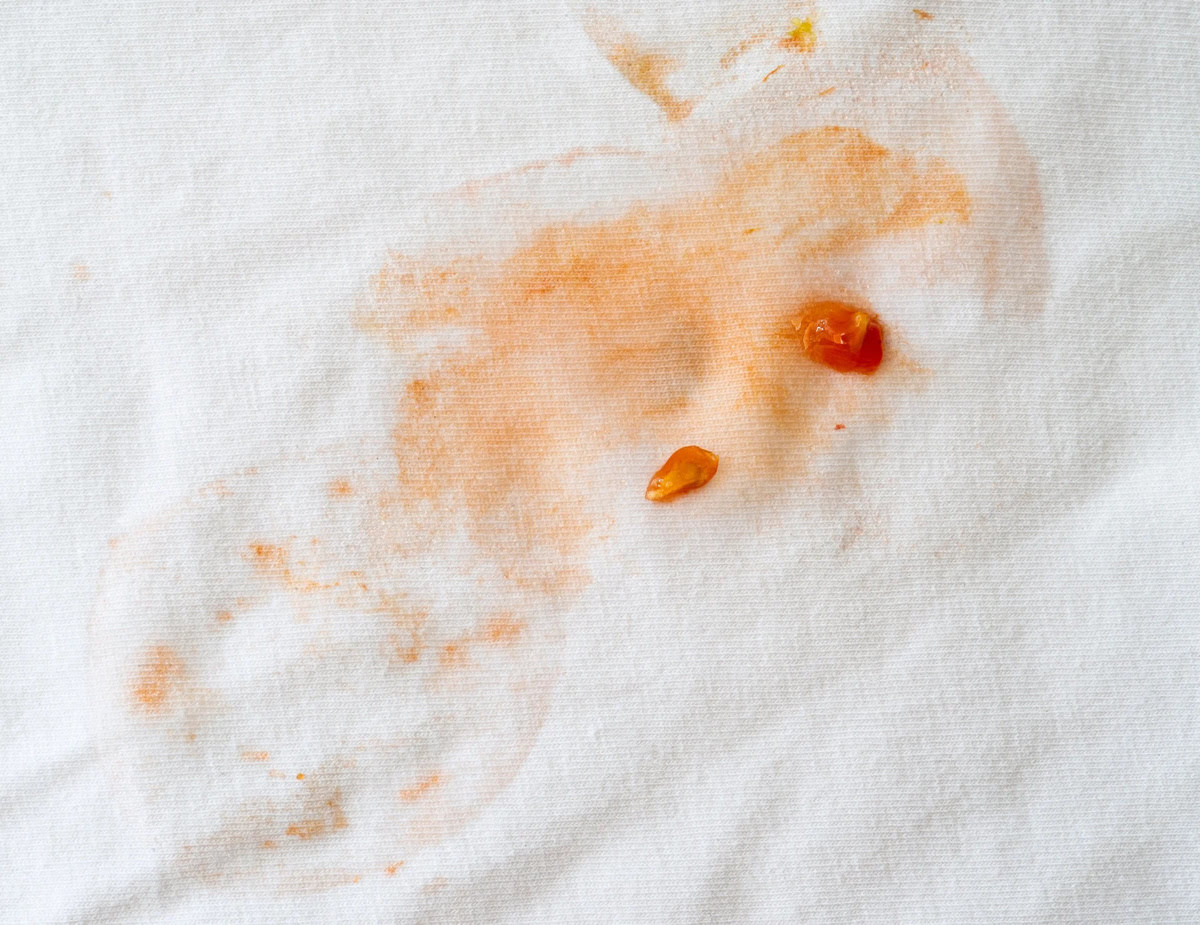
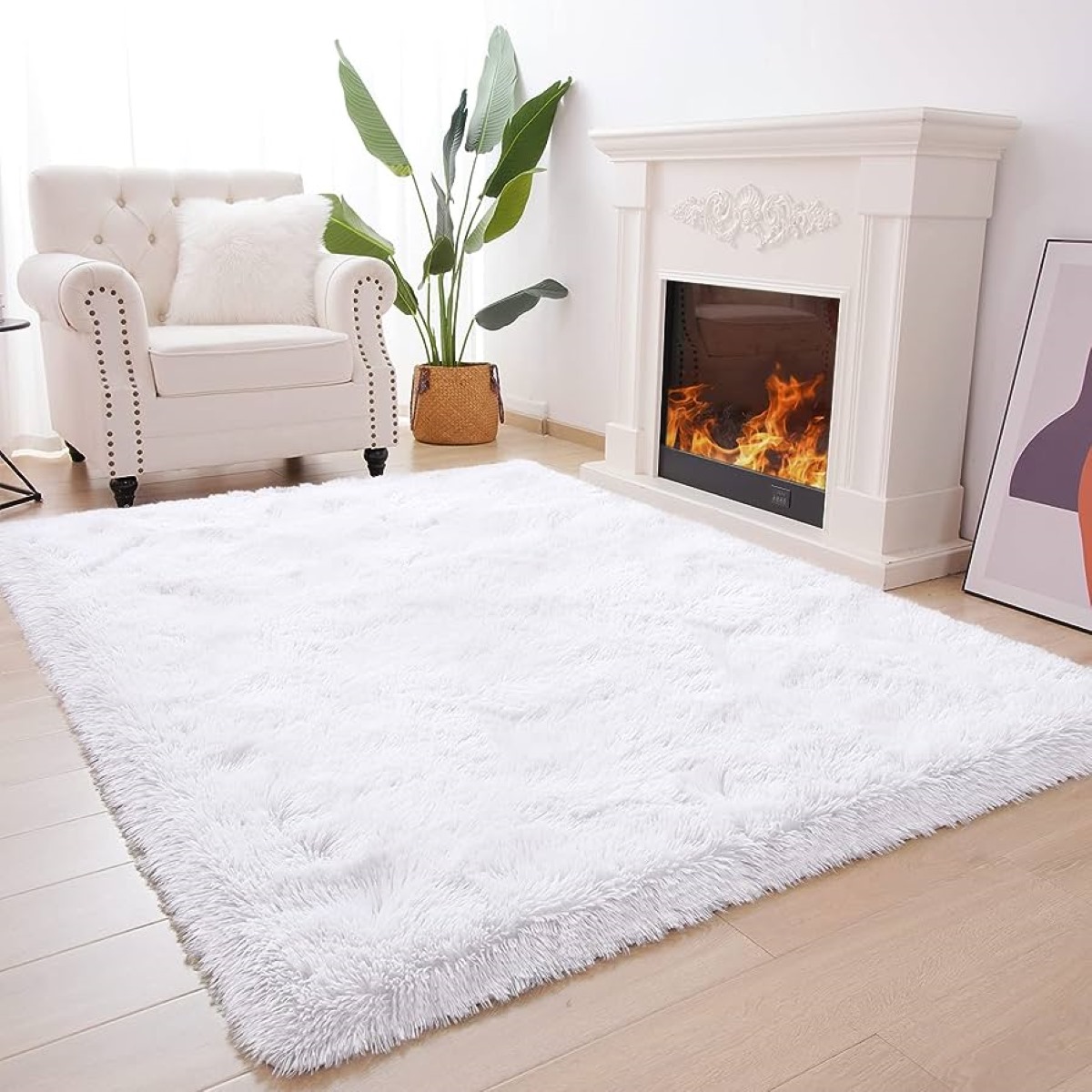
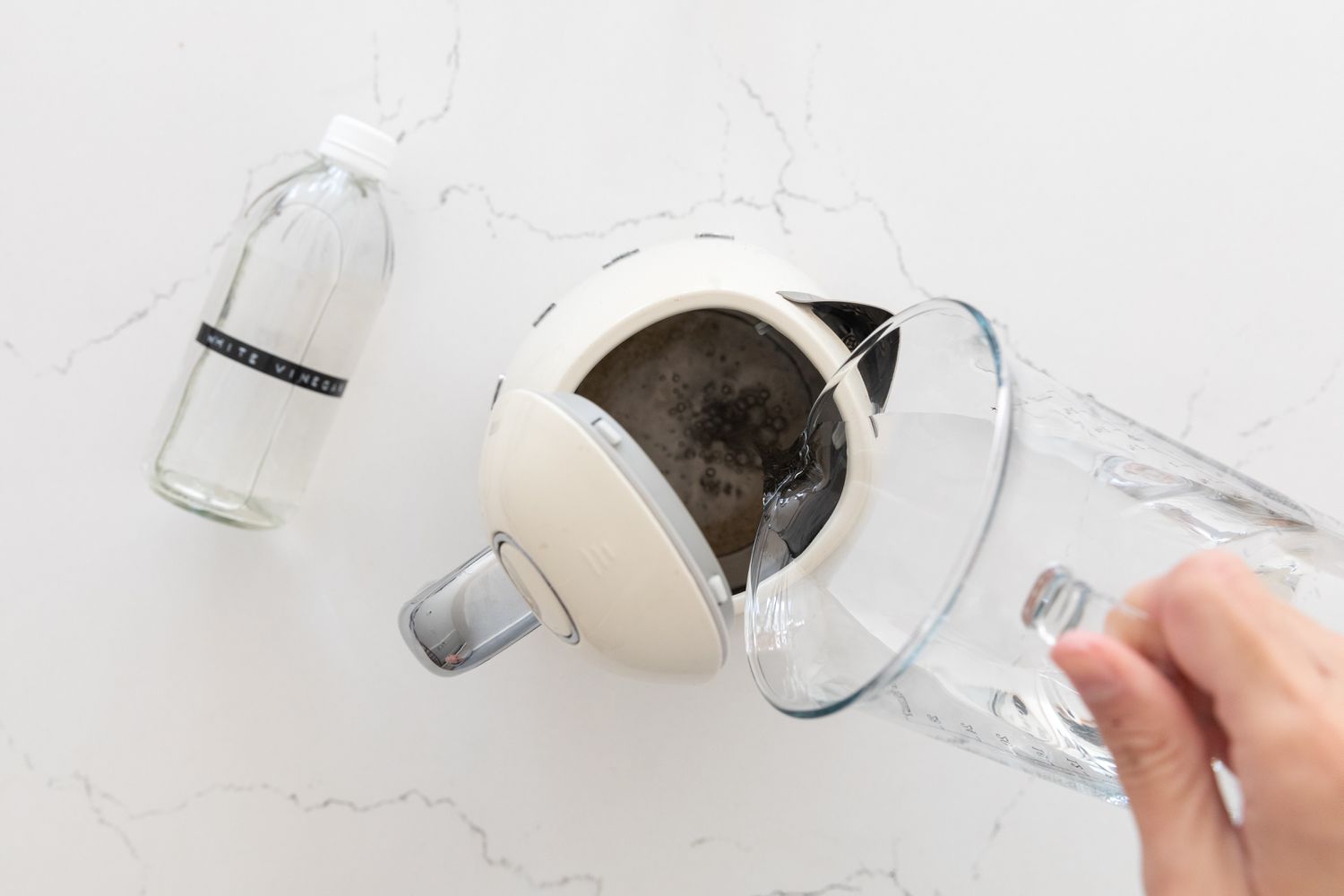
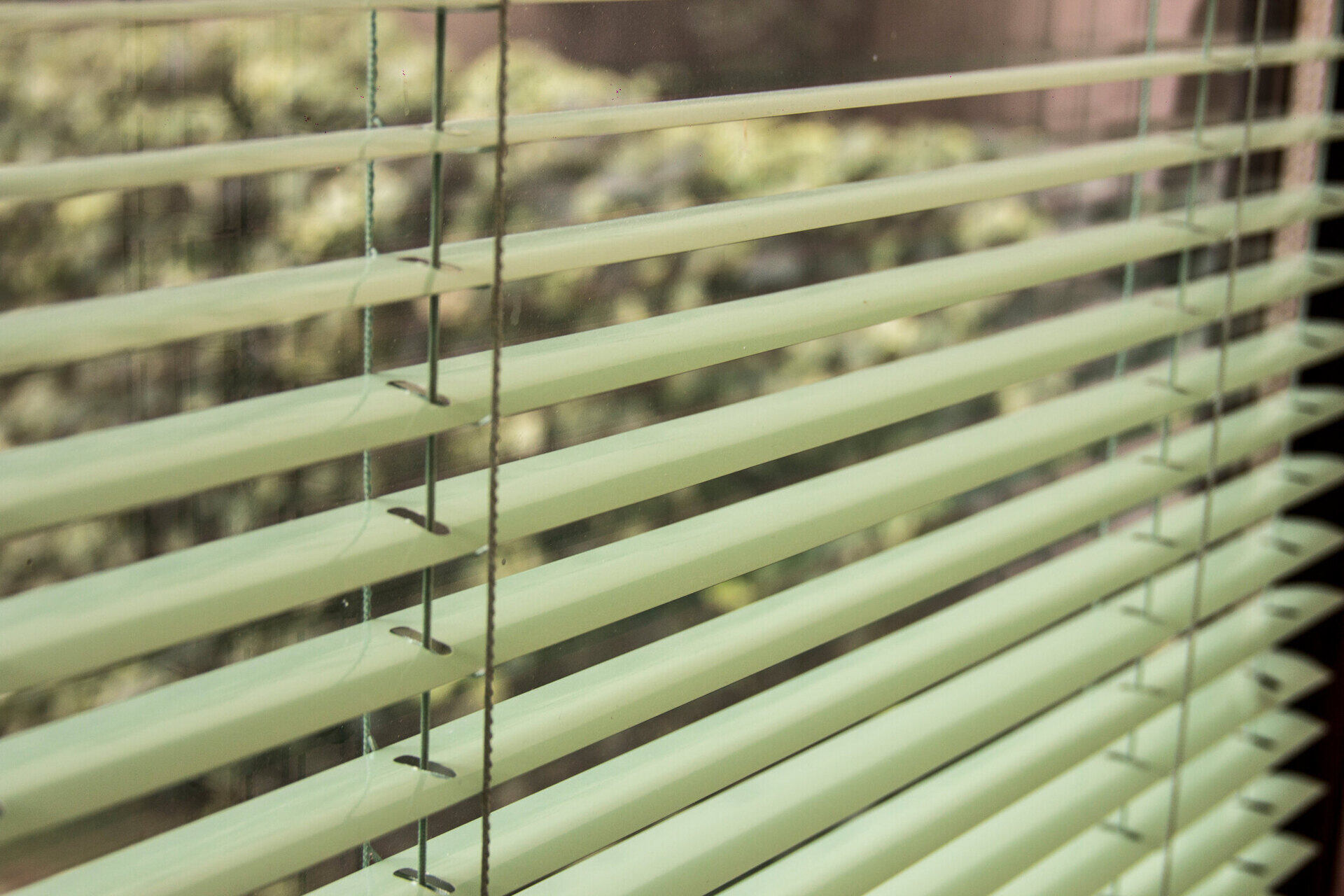
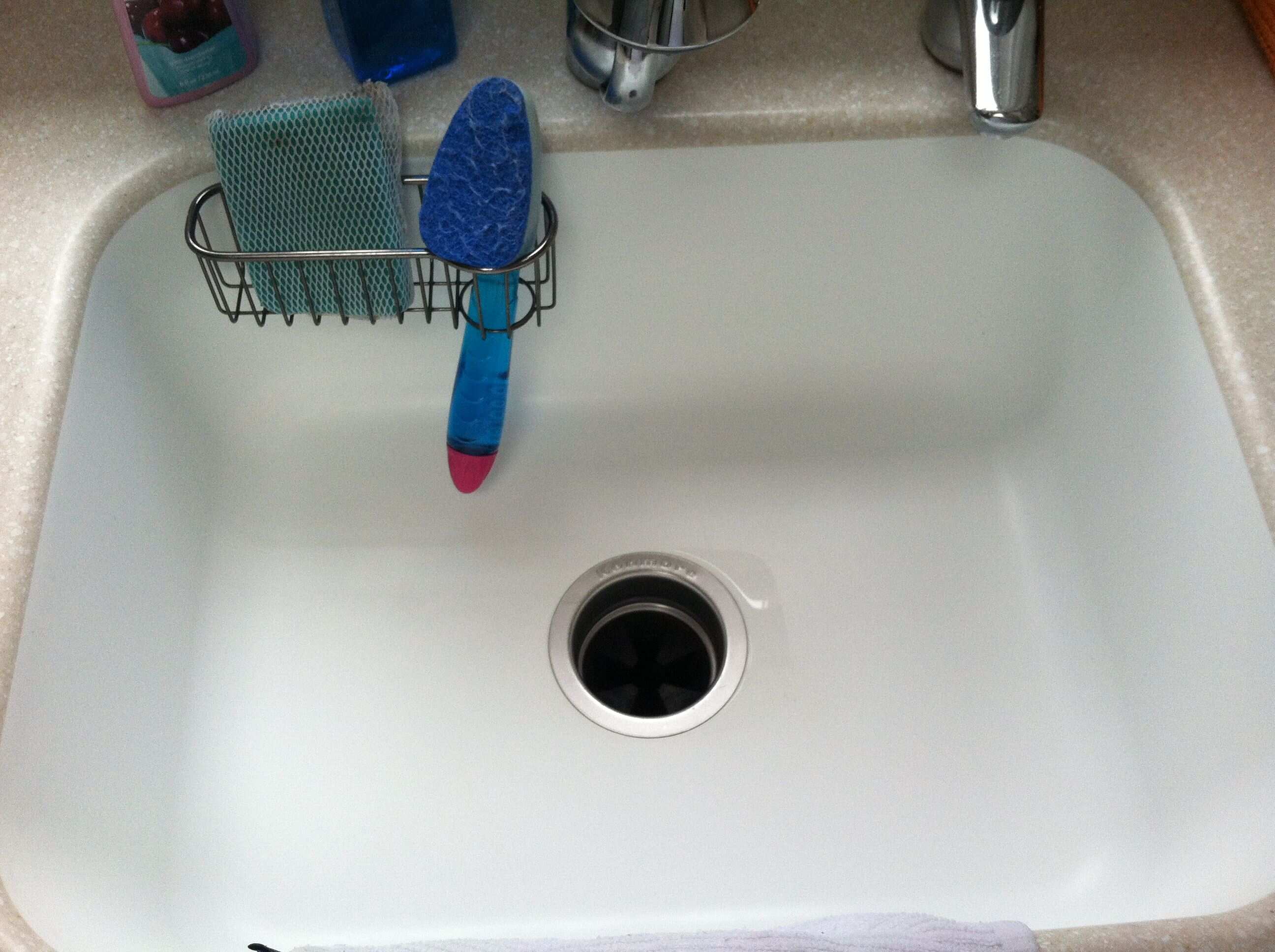
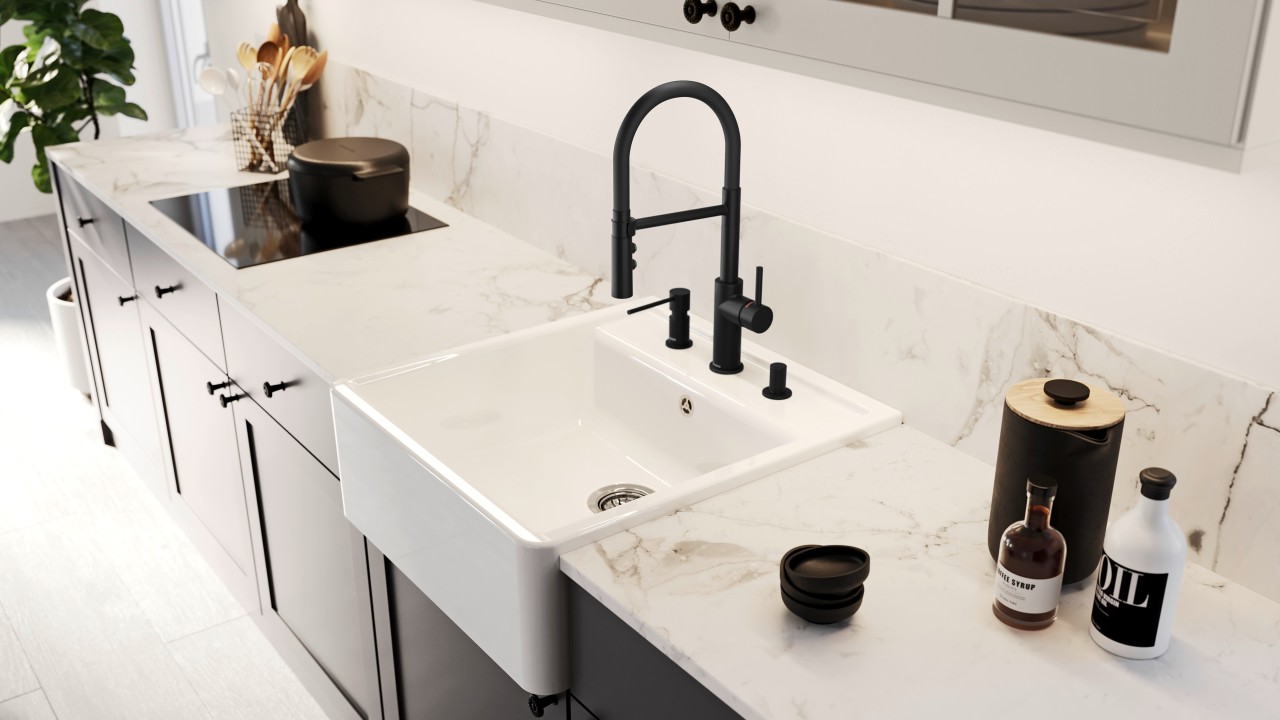
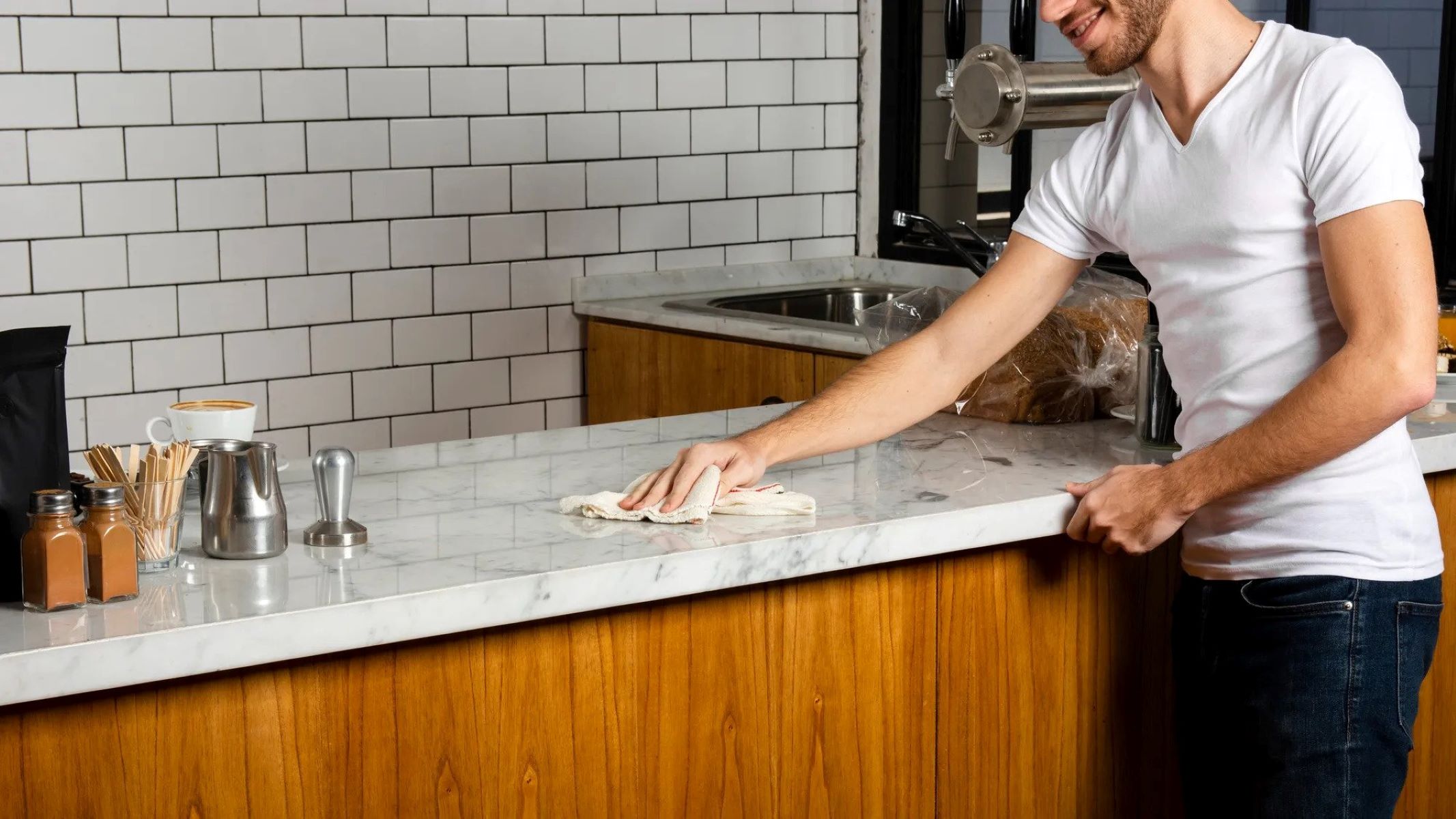
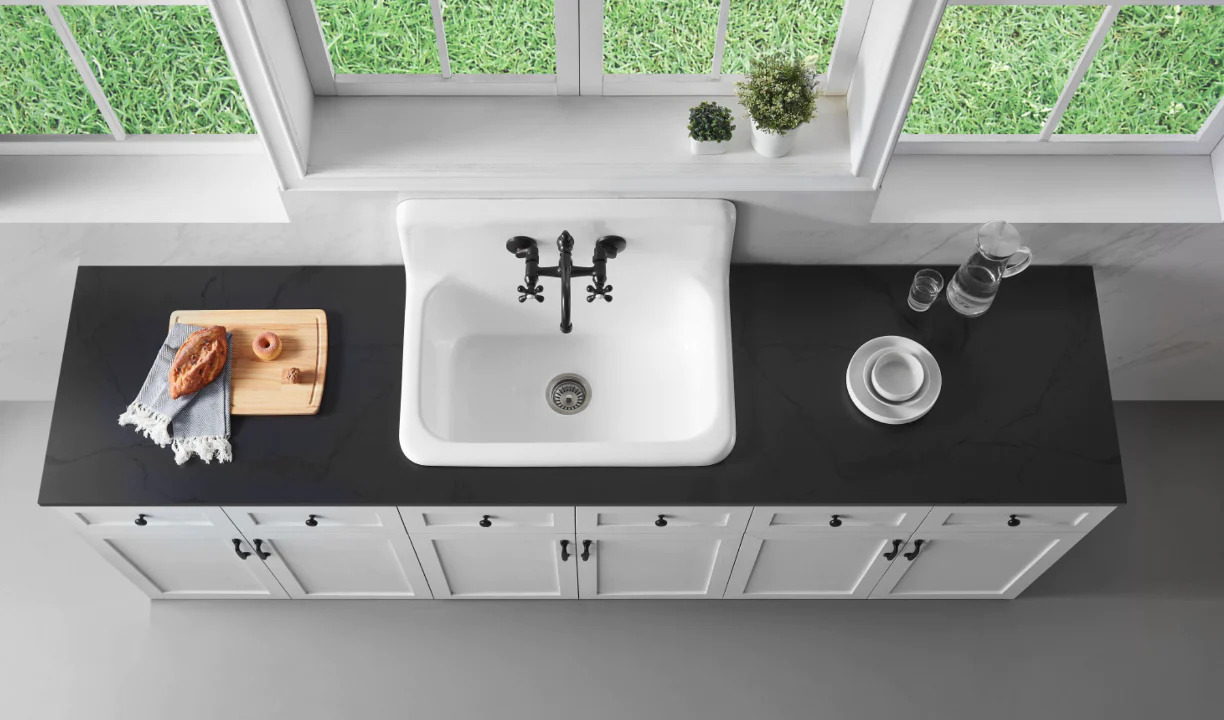
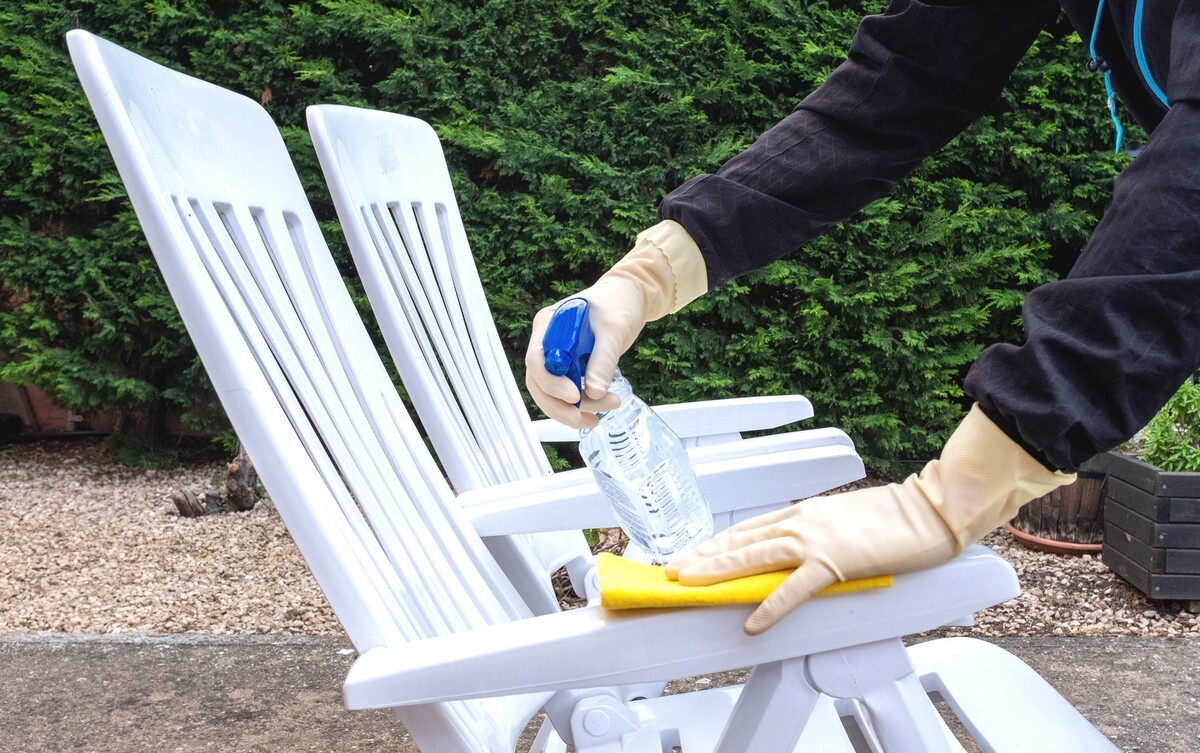
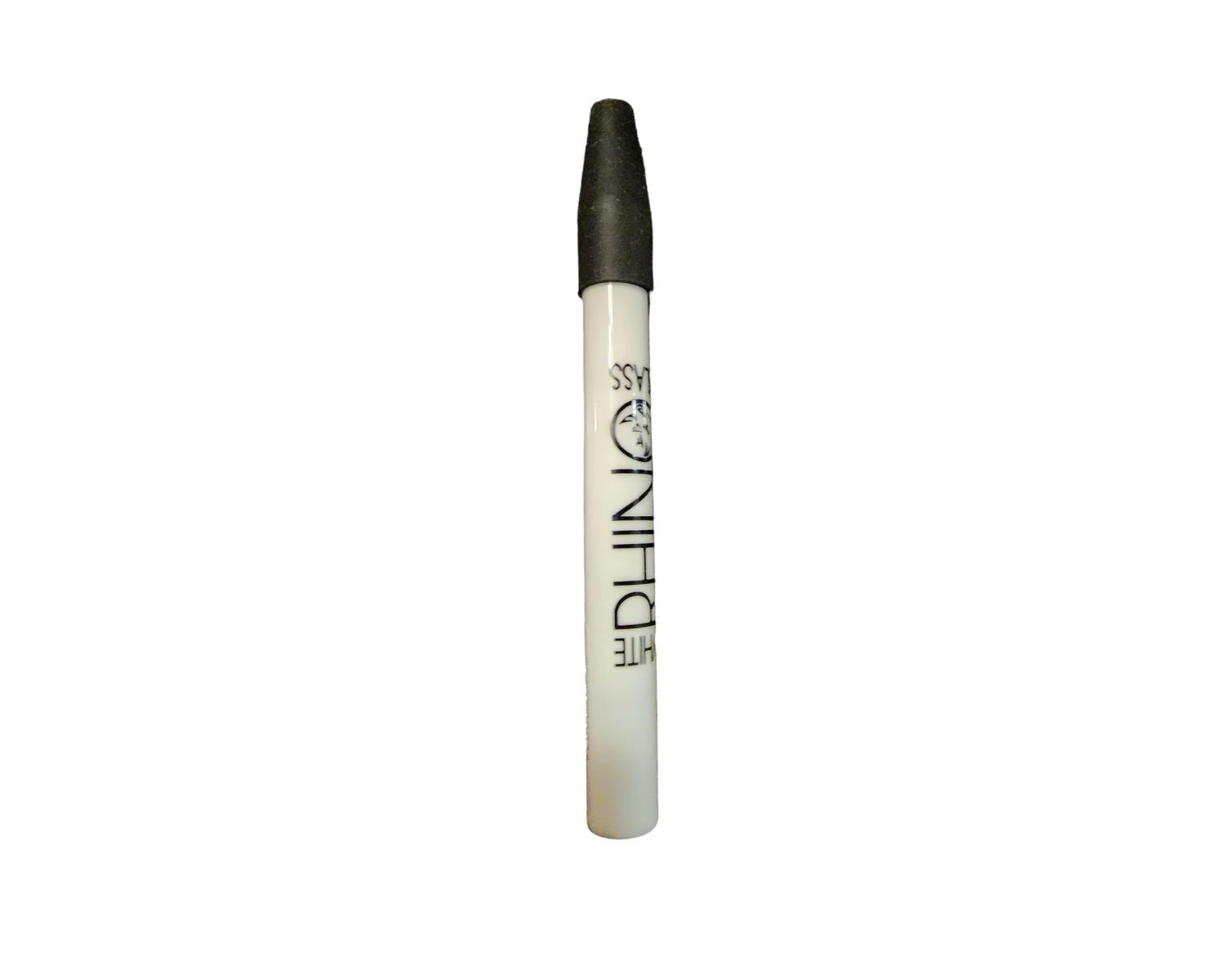

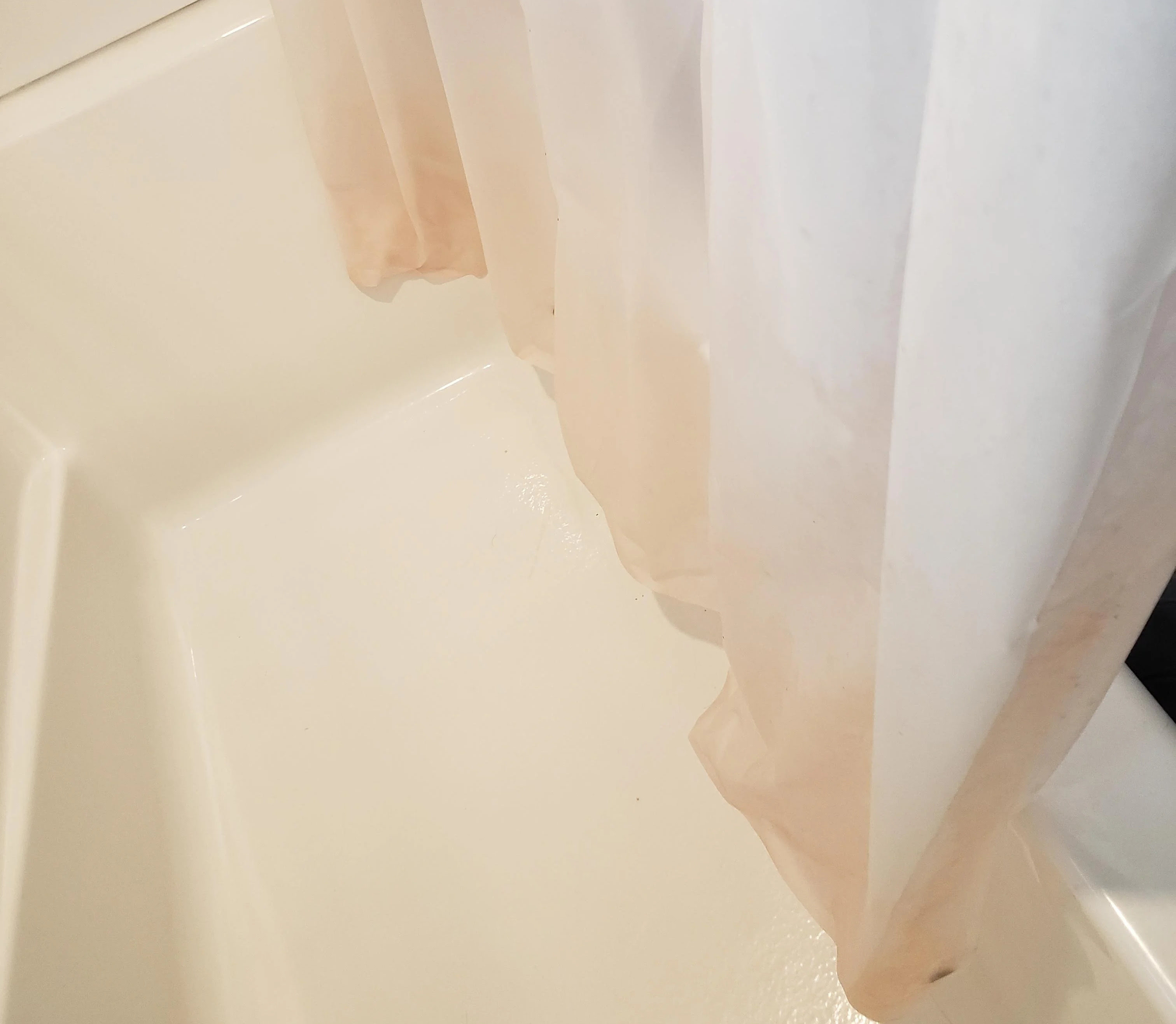
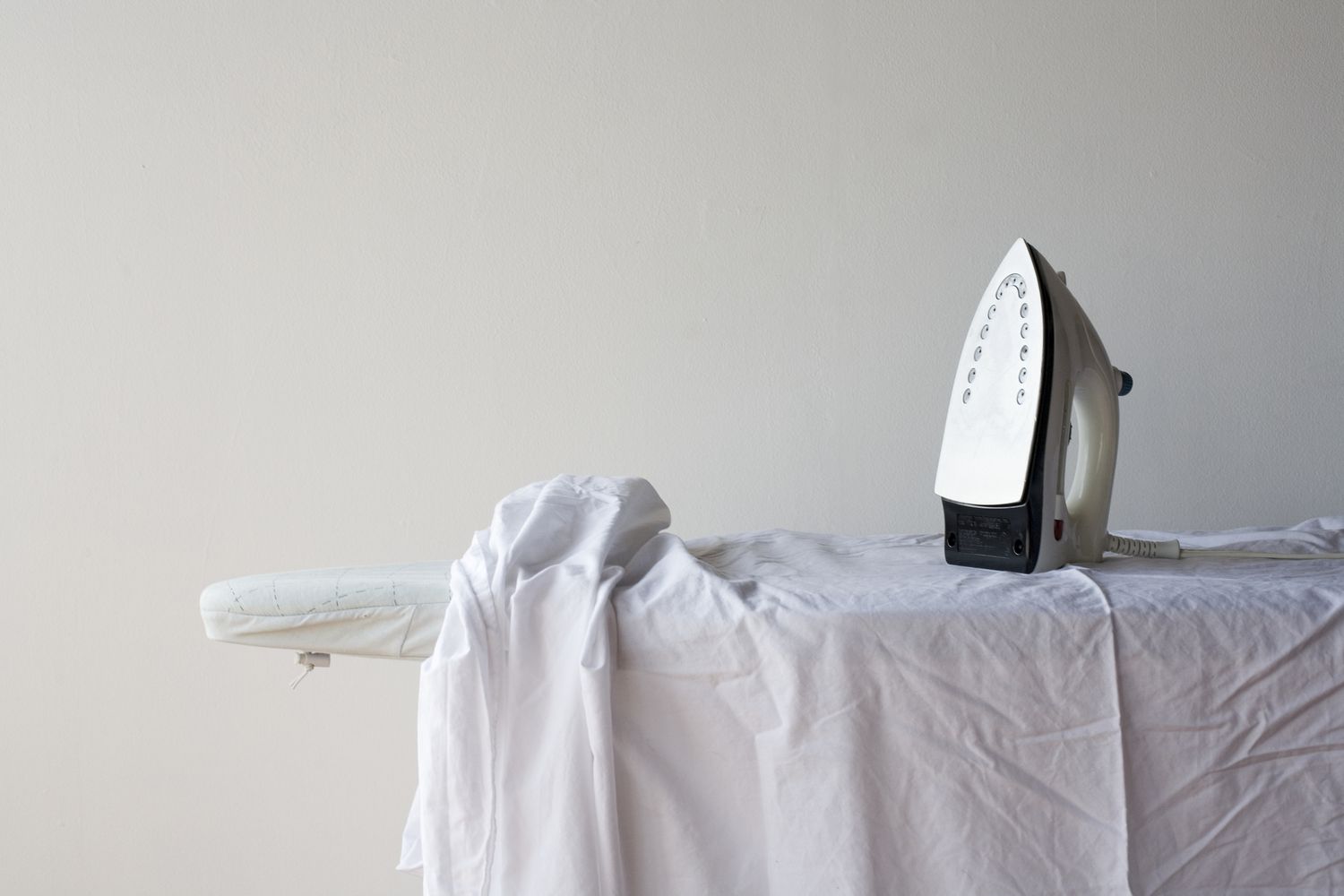
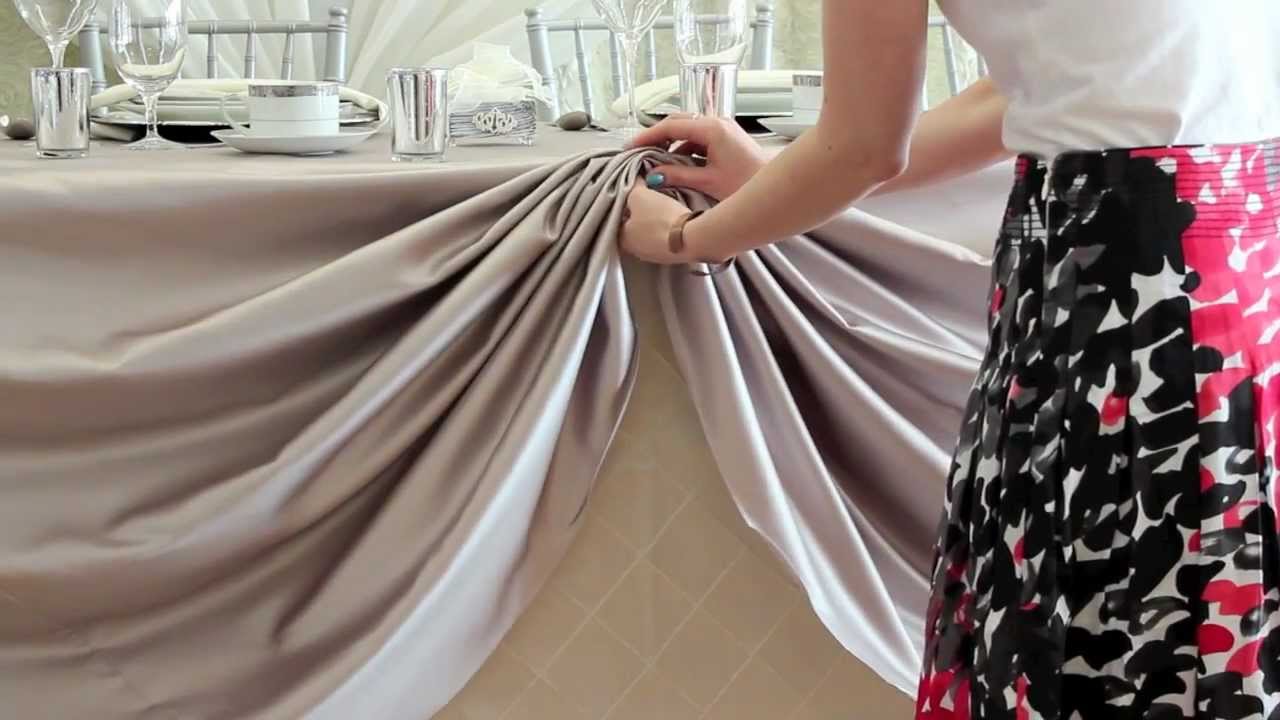

0 thoughts on “How To Clean White Tablecloths”